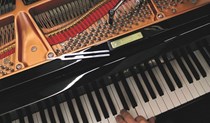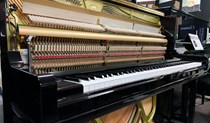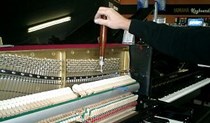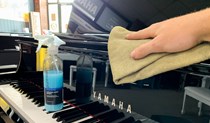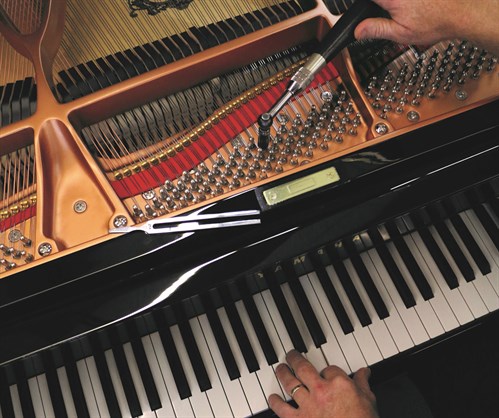Your piano is designed to sound its best when tuned to A-440 (A
above middle C vibrates at 440 cycles per second), the
international pitch standard. At this pitch, power and tonal range
are optimum and your piano will match the pitch of other
instruments. When your piano varies from A-440, pitch adjustments
are required to bring it back to standard. By always maintaining
your piano at standard pitch, you create long-term tuning stability
because the strings and structure stay in equilibrium. You also
ensure proper ear training because you always hear your music in
the correct key.
Why does a piano's pitch change?
Piano strings change pitch for two primary reasons: the initial
stretching and settling of strings when the piano is new and
soundboard movement due to humidity variation. In the case of new
pianos, the pitch drops quickly for the first couple of years as
the new strings stretch and wood parts settle. It's very important
to maintain any new piano at the proper pitch during this period,
so the string tension and piano structure can reach a stable
equilibrium. (Most piano manufacturers recommend three to four
tunings the first year, and at least two per year after that.)
Aside from this initial settling, climate change is the main
cause of pitch change. That's because the piano's main acoustical
structure -- the soundboard -- is made of wood. While wooden
soundboards produce a wonderful sound, they also react constantly
to climate changes. As the relative humidity goes up, the
soundboard swells, increasing its crowned shape and stretching the
piano's strings to a higher pitch. Then during dry times the
soundboard flattens out, lowering tension on the strings and
causing the pitch to drop. The drop in the dry season tends to
exceed the rise during humid times, so the net result is a drop in
pitch each year that the piano isn't serviced.
If properly cared for, a piano will last a lifetime. These
instruments see your family through the joys of sharing music, the
frustrations and accomplishments of learning music, and become a
staple piece of furniture within the home. With the proper
maintenance, a piano can even become a family heirloom being passed
down the generations. All it takes to keep your piano in optimum
working condition is regular servicing and adherence to a few
simple maintenance rules.
Managing Environmental Factors
Because pianos are largely made of wood they can have severe
reactions to heat, cold, wet, dry and humid conditions. The wood
swells and contracts in response to its environment, which can
affect the sound the piano produces. You can minimise the effects
of swelling and contracting wood by positioning your piano in a dry
area away from windows, doors, air conditioning units or vents and
fireplaces.
Servicing
Piano servicing is a highly specialised skill, so we always
recommend enlisting the help of professional piano tuners.
Trying to tune or service a piano at home is unlikely to achieve
the desired result, and can even harm your piano.
Different manufacturers suggest different servicing frequency,
and because each piano has a unique design, it's best to follow the
manufacturer's recommendation. Tuning is particularly important in
the first year of the piano's life as the strings stretch, settle
and react to their climatic conditions. Kawai Australia goes as far
as to recommend four tunings in the first year for a new Kawai
Australia piano, followed by a minimum of two tunings per year
after the first year. Yamaha pianos also suggest a minimum of four
tunings in the first year of the piano's life, followed by
bi-annual servicing.
All types of pianos should be tuned after they are moved to
ensure the strings maintain the correct tension and environmental
factors are accounted for.
Cleaning
The keys of your piano can be cleaned as regularly as required.
To clean them, dampen a cloth in a mix of warm water and mild
detergent then gently wipe each key. Be careful to only lightly
dampen the cloth so that excess water doesn't fall between the keys
and affect wooden components of the instrument. It's best to use a
soft cloth to avoid scratching the keys.
If the outside of the piano is lightly dusted on a regular
basis, it should need very little cleaning. However, if it does
need a clean it's best to refer to the manufacturer's
recommendation for cleaning that particular type of piano. If you
can't find the manufacturer's cleaning instructions, contact
us for advice. In most cases it's advisable to clean the
surfaces gently with a damp soft cloth. Some pianos might require
an occasional polish as well.
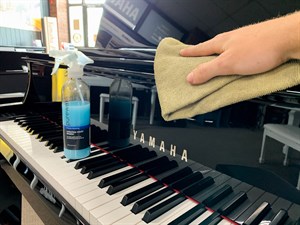
Some of our Piano Care
Products
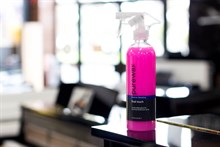
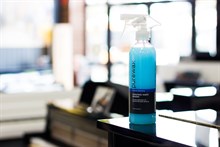
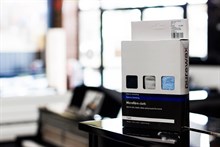
Contact us today to book
your piano in for its next tuning


